-
The Female Injures Male Trope In Children’s Stories
Female on male violence is often used for comedic effect in storytelling. This holds true even when male on female violence would never fly. Is this a double standard?
-
Fathers In Children’s Literature
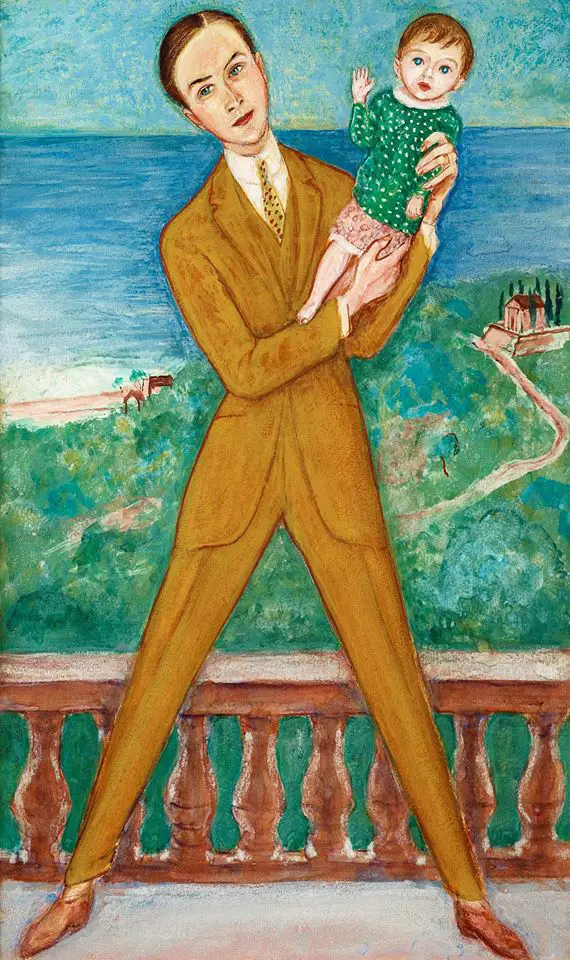
Across children’s literature, young readers see less of mothers than they do in real life, and, as a type of wish fulfilment, many see more interaction with fictional fathers.
-
Inspector Gadget: How Children’s Media Has Changed
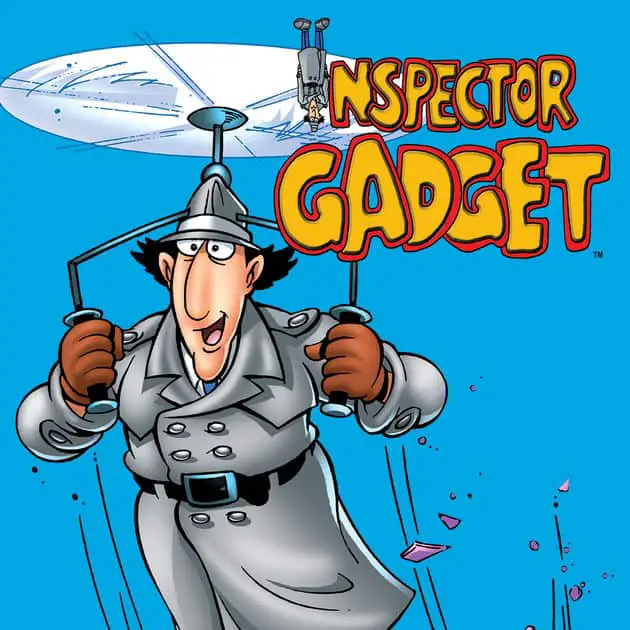
When a children’s story gets a remake we see more clearly how storytelling has changed. Inspector Gadget makes for a case study. Interestingly, Esquire calls this ‘the digital era’, under the idea that the use of computers has an integral impact on narrative. The medium is the message, and all that. 1. FASTER PACE Steven DeNure, president […]
-
The Technique of Ticking Clocks in Storytelling
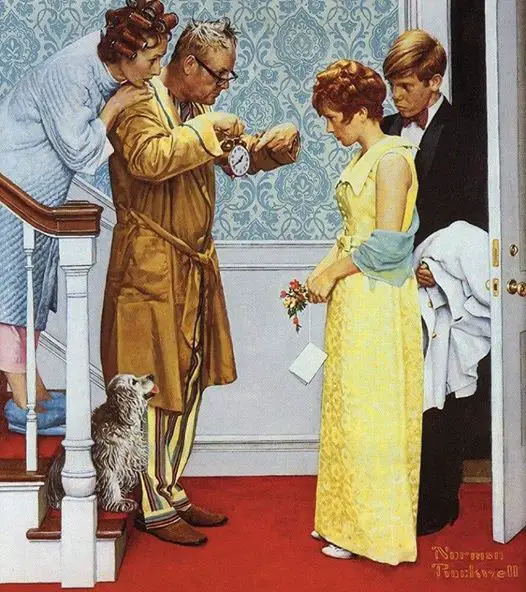
Once you notice ticking clocks in storytelling you see them in everything, so beware.
-
Drawing Development And Children
The above picture was drawn by my eight-year-old. According to Gaston Bachelard, who quotes psychologists of his era, door knobs are a good sign. The Psychology Behind Drawings By Children Asking a child to draw his house is asking him to reveal the deepest dream shelter he has found for his happiness. If he is happy, […]
-
The Yellow Wallpaper by Charlotte Perkins Gilman Analysis
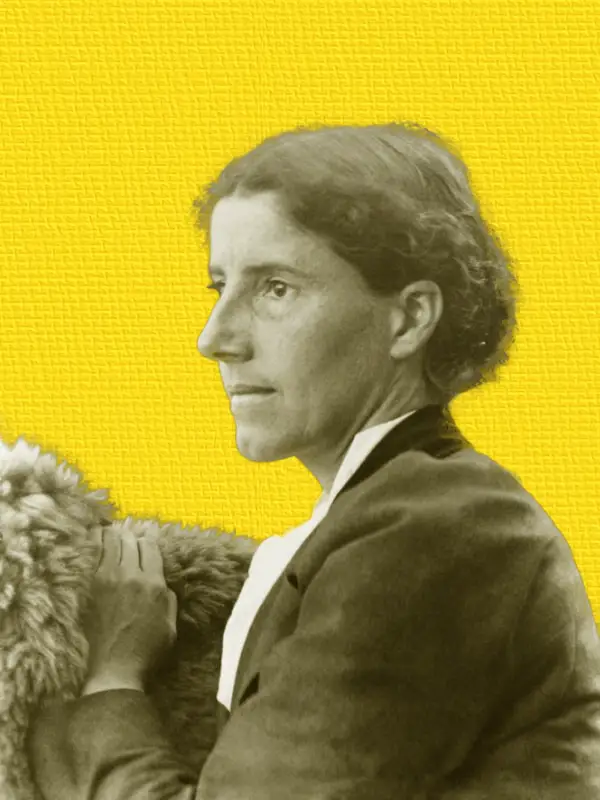
“The Yellow Wallpaper” is a famous psychological horror short story written by Charlotte Perkins Gilman. WHERE TO LISTEN You may be able to unearth the BBC dramatization of this short story somewhere e.g. on YouTube. “The Yellow Broadcast” was broadcast December 1990. Charlotte Perkins Gilman; July 3, 1860 – August 17, 1935) was a prominent […]
-
The Mechanical Behaviour Of Fussbudgets In Comedy
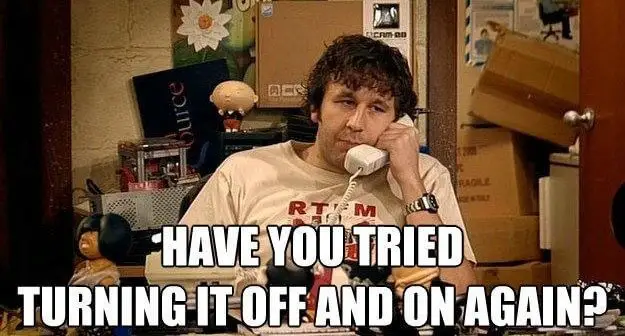
Fussbudgets, sticklers, officious types, whatever you want to call them — comedy gold. An essential component of the fussbudget is mechanical behaviour. We’ve all had run-ins with them, which makes the comedy aspect universal. MECHANICAL BEHAVIOUR ON SCREEN This gag plays out especially well visually, so you’ll see it in many films and TV shows. […]
-
Witches In Children’s Literature
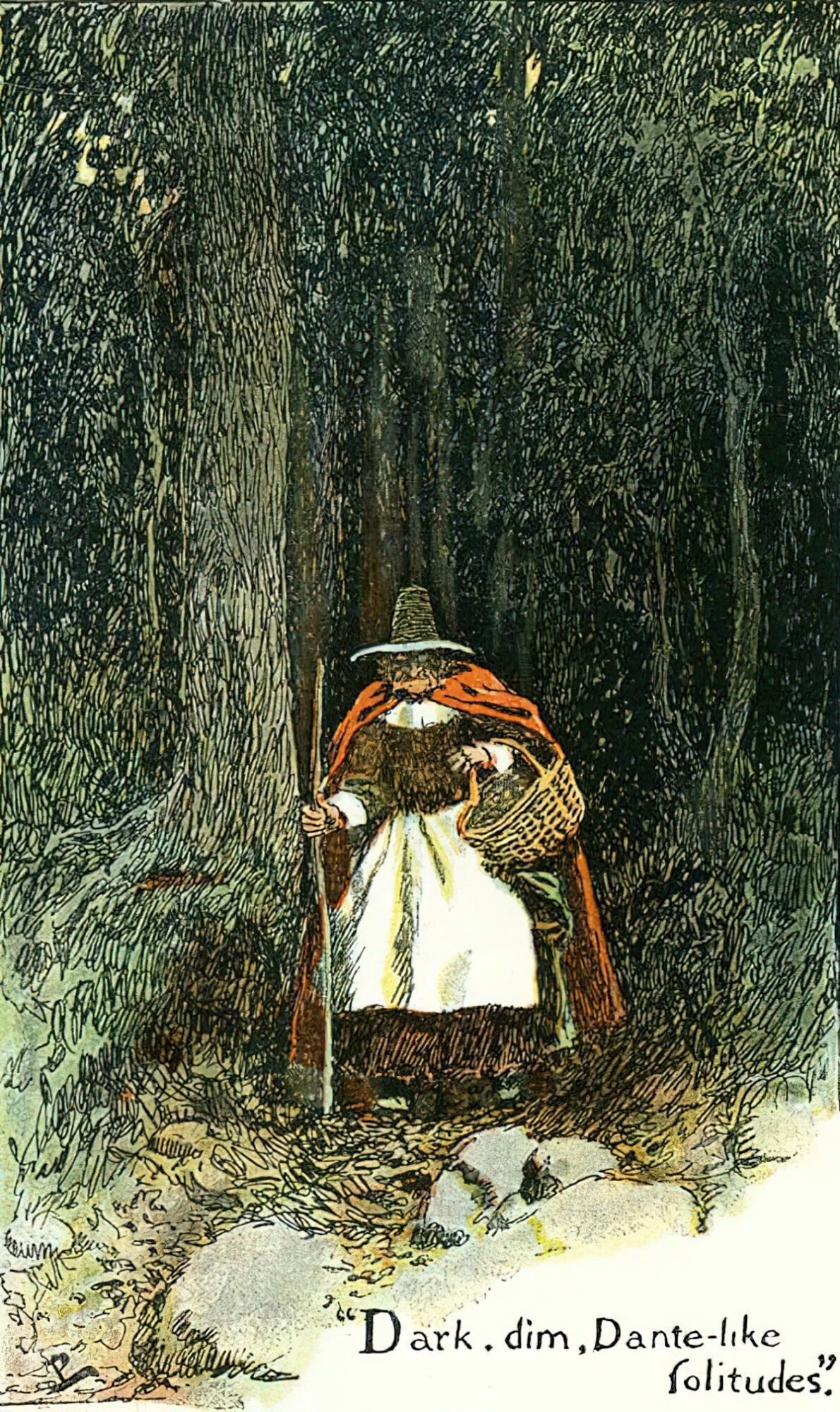
The Weirdness Of Using Witches In Modern Entertainment Witches are female equivalent of storybook pirates in that the character is based on something very real and disturbing. I’d like to append ‘in our past’ but very disturbingly, It’s 2013 And They’re Burning Witches. See also: Woman Brutally Murdered in Papua New Guinea After Being Accused of Sorcery, from […]
-
The Female Maturity Formula Of Modern Storytelling
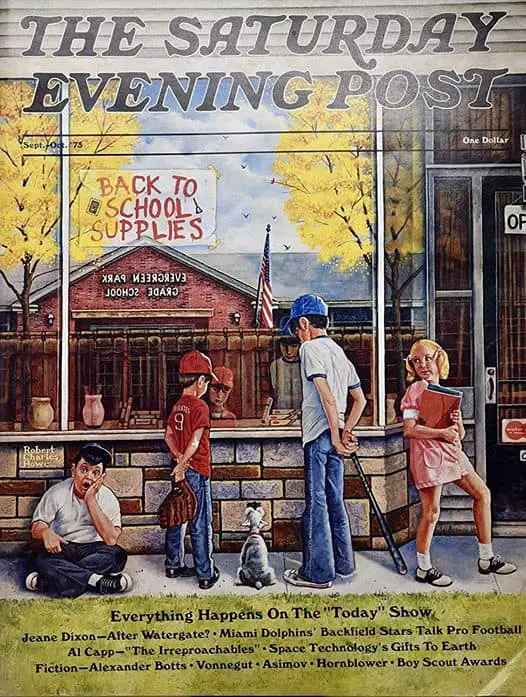
When it comes to modern storytelling in Hollywood animated films for children, Pixar is at the top of the field. In fact, The Good Dinosaur, released late 2015, might have been their very first lemon, depending on what you’re looking for in a film for children.
-
Storytelling Tips From Juno (2007)
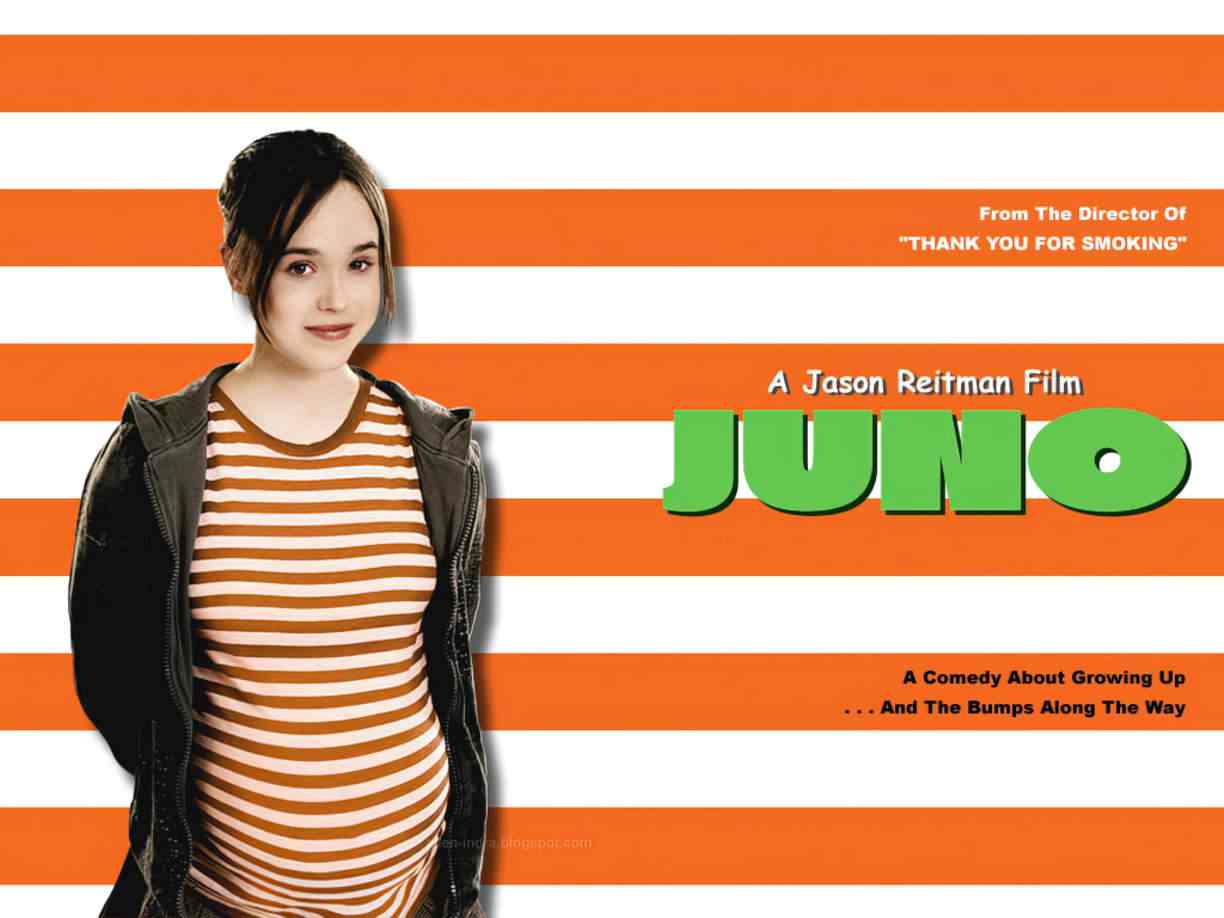
I’m no great fan of many traditional rom-coms, but I do love this off-beat romantic comedy drama blend precisely because it takes the regular, conservative storyline of: mother almost loses her baby and then reunites (to live happily ever after), and the usual movie tropes (geek = Bleeker, but he’s also an athlete, stepmother is not […]
-
School In Children’s Literature
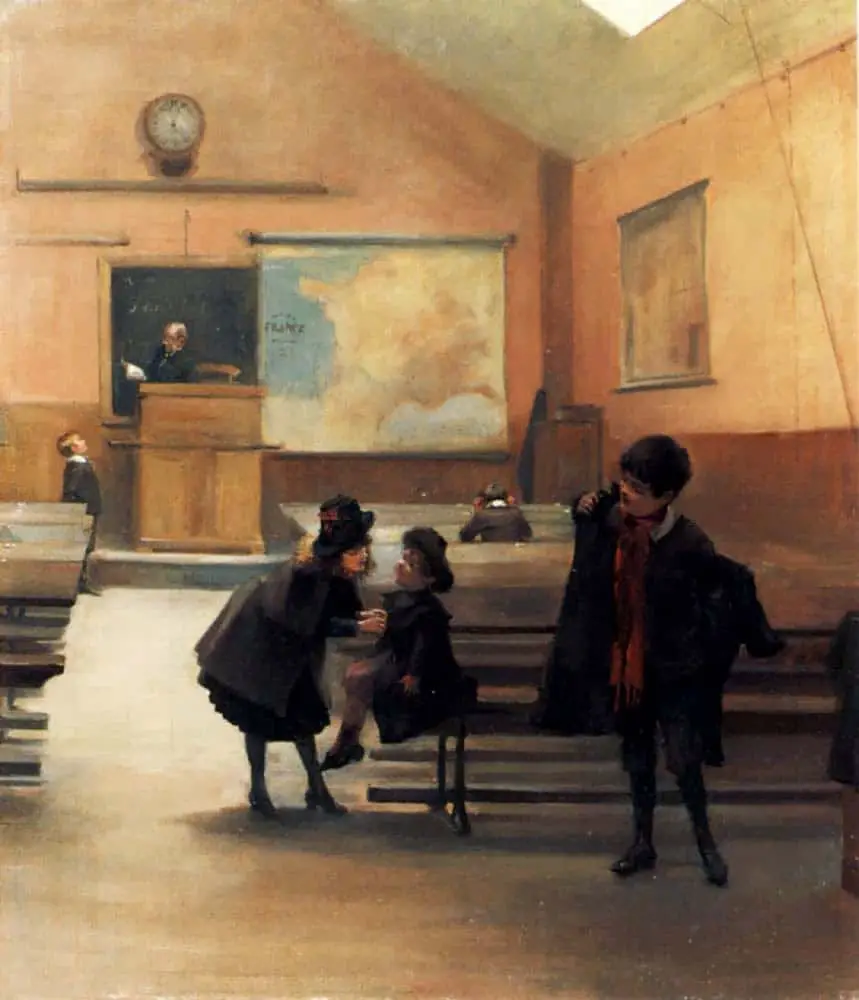
SCHOOL AS THE WILD WEST School itself must be so different these days than it was when you were in school. Certainly, having kids helps, but is that ever an issue for you when you’re writing? I was reading about this phenomenon in television and film writing, which is that the references to school are […]
-
Paralepsis in Children’s Literature
Paralepsis*: (Faux) Omission. In rhetoric, paralepsis refers to the device of giving emphasis by professing to say little or nothing about a subject, as in not to mention their unpaid debts of several million, but saying it all the same. I know who farted but I wouldn’t want to embarrass Charles. In the name of anonymity, […]
-
Stereotypes, Tropes, Caricature and Archetypes
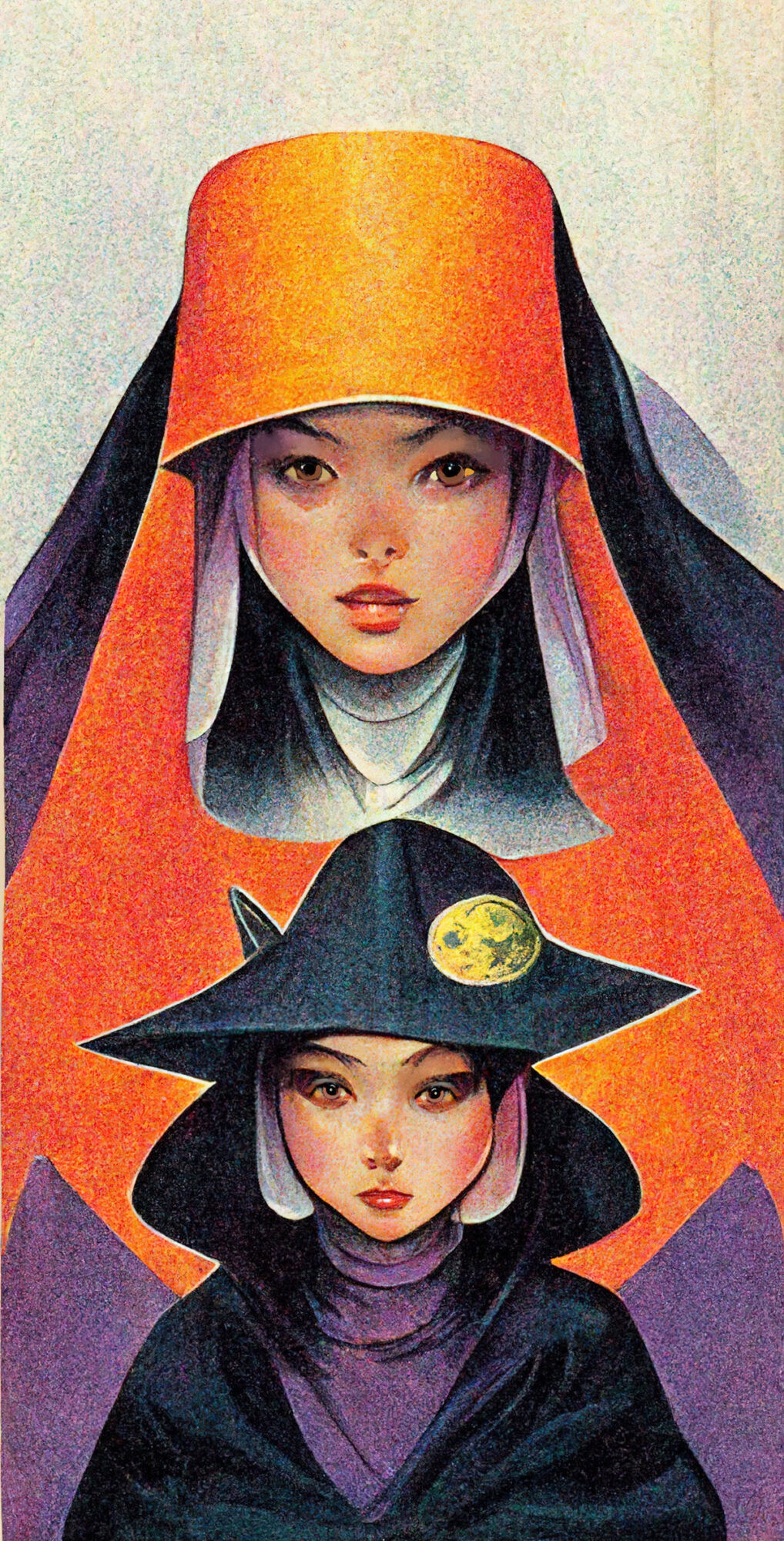
WHAT IS A STEREOTYPE? “Stereotype” is originally a printing term referring to the plate used to print identical copies of something, so “break[s] the mold” is an apt phrase for describing something that’s distinctly different from the stereotype. (“Mold” refers to the mold used to create identical objects, not the mold that grows on old […]
-
Princesses In Children’s Stories
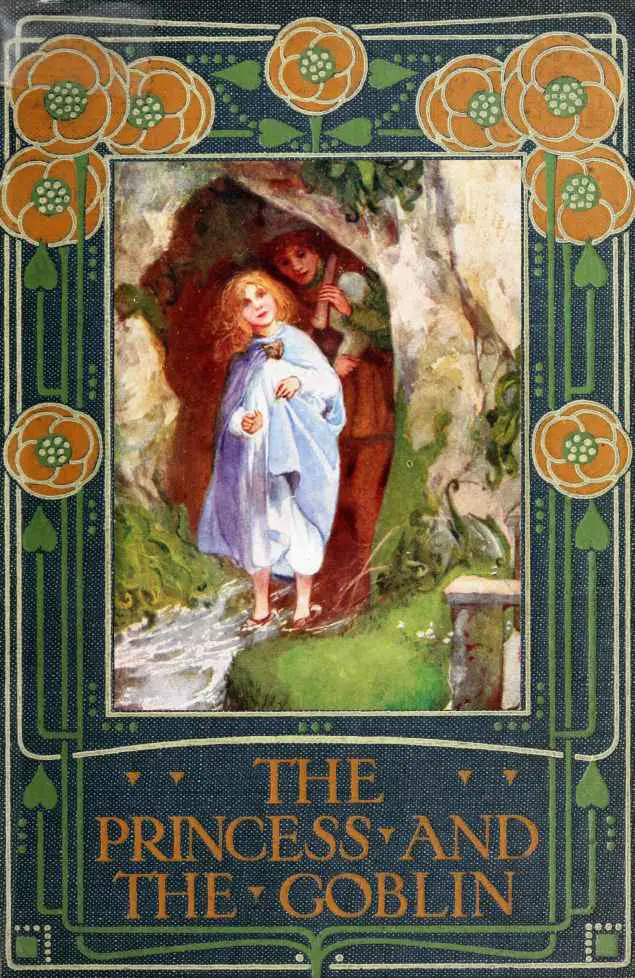
WHY ALL THE PRINCESSES? The proliferation of princesses in stories for children is partly explained by Maria Nikolajeva in Rhetoric of Character In Children’s Literature: A structural approach to formulaic fiction, presented by John G. Cawelti (1976, 91), singles out four roles in a detective story: the victim, the criminal, the detective, and those threatened by […]
-
Why So Many Animals In Picture Books?
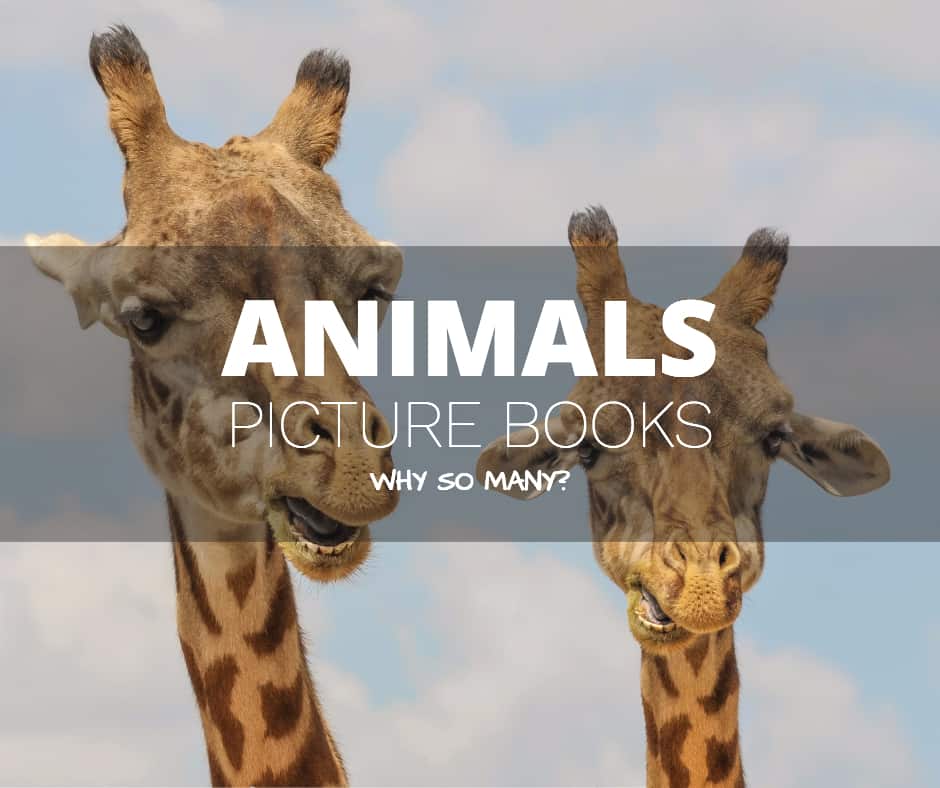
There are many reasons why storytellers sometimes use anthropomorphised animals as characters in very human stories. Here’s a list.